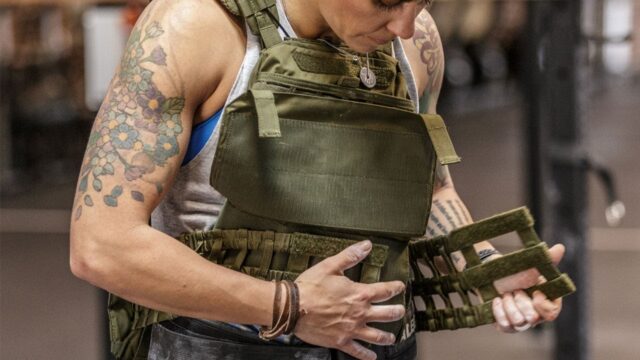
Opening Word
Staying safe and protected in any type of shootout and war-like scenario is of critical importance. Even if the team does not expect combat, the appropriate level of protection in the form of armor plates is necessary just in case something goes south. With that in mind, you should always be thinking about defense first and they your weapon and offense. If you are in the line of work that is largely considered dangerous and you frequently have the need of plate carriers, you know exactly what we mean.
But how does one choose the right place carries for their needs? Out of all the options and styles out there, what is the one you will need for your next assignment? If these are some of the issues you have had lately, you came to the right place. Here in the article we will talk about all the factors that should determine one’s choice of the right plate carrier for their needs. Pay close attention so as not to miss out on a key piece of information and make sure to check out acelinkarmor.com for more details on armor plates and carriers.
The Right Size and Fit
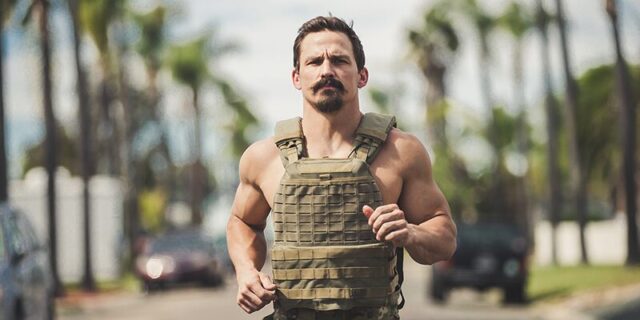
The most obvious and basic way of choosing your plate carrier is its size. However, although the carrier could be considered a form of clothing, it is much more than that. If you generally wear size M T-shirts and sweaters it does not mean that you can simply pick a medium carrier and be done with it.
Depending on the model and the use, there are very different armor plate carriers out there and until you try it on and move around in it a bit you cannot possibly know if it is a good fit. The vest itself should feel comfortable enough during all sorts of movements when you run, crouch, prone, and even just stand in place. Your shooting stance should absolutely never be compromised due to the poor fit of your armor, so make sure everything works properly once you put it on.
The belts, buckles, zippers, hooks, and buttons should not get in the way of your movement and you should choose the model that is made for the kind of activity you will partake it. Moreover, this kind of size is not the most important when choosing your plate carrier. It is the amount and placing of the plates that really matter as well as the general coverage you get from the armor plating.
All of your internal organs including the area slightly above the sternum and down below the belly button should be protected. Even with this, it is only considered minimal amount of coverage but you will be easily able to move and not lose your agility. A good trick is to make cardboard cutouts of the plates you need at home and place them on your body to get the best idea of what to look for.
Plate Size and Type
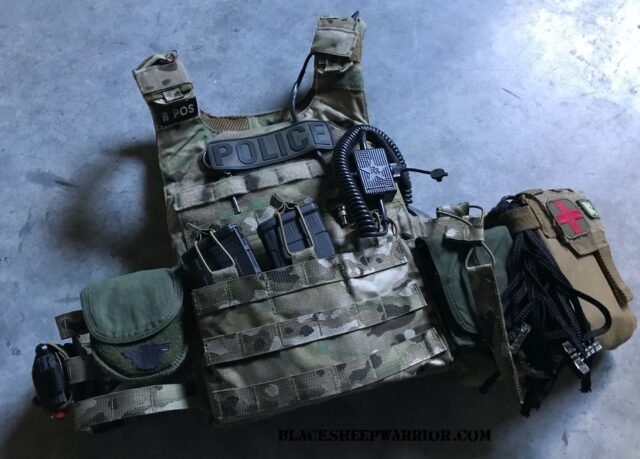
The actual size that matters is the one of the armor plates you will be using. To do things as they are supposed to be done, first pick the plates you will require for your assignment and then pick the carrier. It is the plates that will defend you against oncoming fire, not the carrier. For example, medium plates are usually 10” x 12” and they are the most common type nowadays.
But such plates can fit into a whole range of different carriers. What is crucial is for your carrier to be able to fit medium plates in the first place, and then later you can browse the different arrangement of the plate positions and pouches. The best ones allow you to fully customize and adjust the plates and place them in virtually any spot, including both the front and the back, as well as the sides.
You should also think about the kind of projectile that you will likely be facing and choose the plates, as well as the carrier, accordingly. You may only need light plating most of the time so there is no need to get a carrier and plates for armor piercing and high caliber ammo. It is all about the type of danger you are heading into. Do you get 4 stand-alone reinforced plates, or 1 larger plate with softer armor behind it?
These are all tough decisions that you can more easily solve by evaluating what the mission is and who and what you will be up against. Most soldiers like when they can go lightweight on the armor and still be fully protected, since you will need strength and space for other equipment.
What Else Do I Need On It?
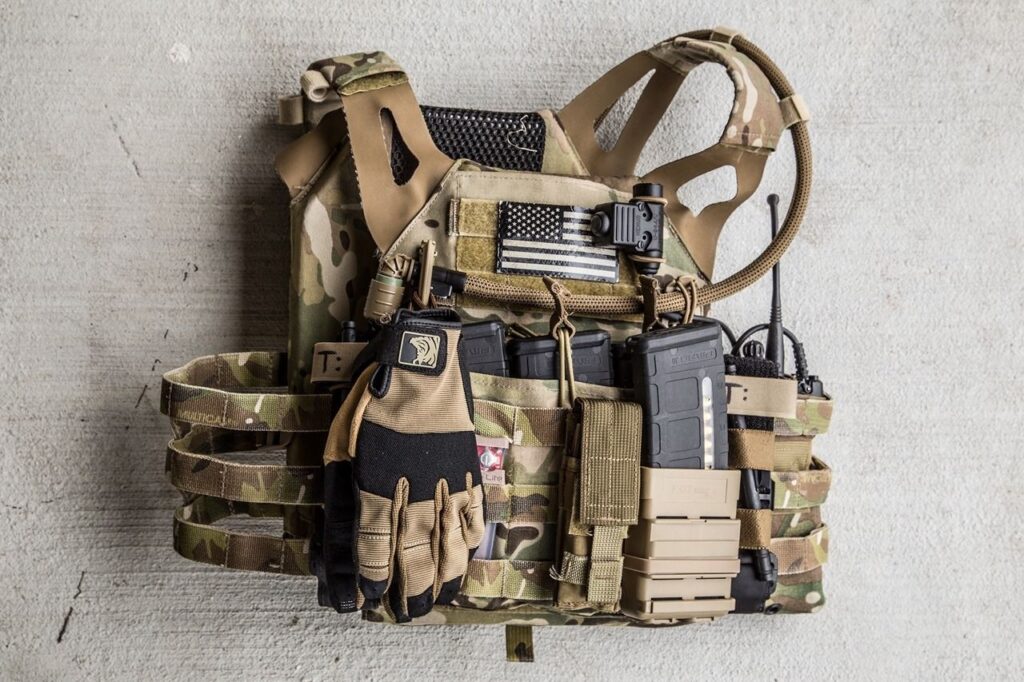
If you are wondering about the rest of the compartments, pockets, and pouches, worry not. Here we will give you the most common recommendations so that you can better evaluate what you need and how much of it. Your carrier should be able to store five additional magazines, a radio, a water system, a medical kit, and additional supplies like papers, pens, or other pouches and ordnance.
Again, depending on the mission, the environment, and the weather, you may be carrying a backpack and store additional gear on your pants or your belt. As you can see, it basically always depends on the actual mission but the aforementioned amount of basic gear should help you make a better and more efficient plan.
Reputation and Materials
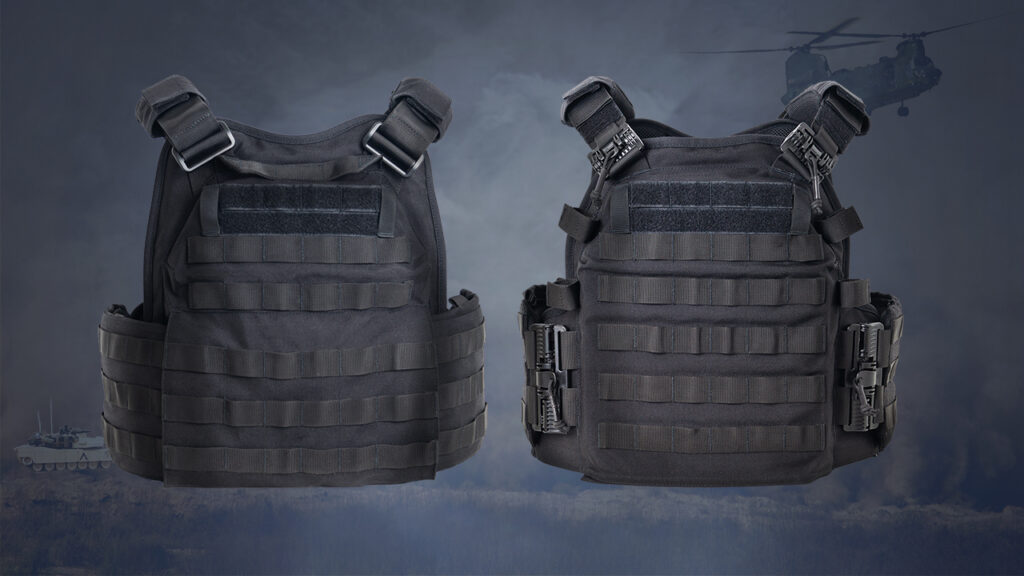
Lastly, you should definitely be browsing the products by proven, experienced, and reputable military brands for all of your armor needs. You will know that they use the right materials and make their armor according to the real-life warfare scenarios on the battlefield.
Moreover, you will be able to choose different models with other tactical gear and more space for plates and equipment based on the type of mission. The design and camo is important to blend in with the environment and the best companies on the market always have a wide variety of choices for all types of missions.













